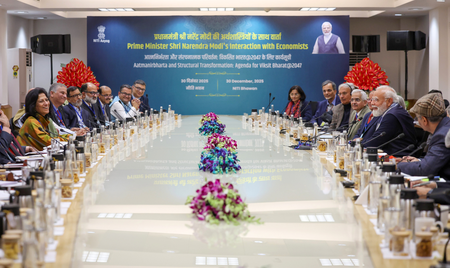
New Delhi, Sep 26 (IANS) The GST Council is likely to address the inverted duty structure on notebooks and textbooks in its upcoming meeting, as the issue has been diminishing the benefits of recent tax cuts.
Notebook and textbook prices may remain high, despite them being exempted from Goods and Services Tax (GST), because 18 per cent GST is charged on the paper used to produce them, which manufacturers cannot claim as an input tax credit. This anomaly raises cost and pushes up final prices, sources familiar with the matter said.
An inverted duty structure arises when input materials attract a higher GST rate than the final product. This breaks the credit chain, leading to blocked input tax credits and higher costs for manufacturers and consumers.
Regarding the inverted duty structure in the case of notebooks, the official said that the anomaly has come to the notice of the government. The next GST Council will correct this anomaly, he added.
The Council may consider either reducing GST on paper or shift notebooks into the 5 per cent slab with input tax credit as both measures would restore the credit chain and ease price pressures, the source said.
The GST Council, led by Union Finance Minister Nirmala Sitharaman, implemented significant rate rationalisation this month, reducing slabs from four to two.
Several industry associations including the Federation of Indian Chambers of Commerce & Industry have lauded the GST 2.0 reforms, for bringing predictability and transparency to India’s tax system, and correcting inverted duty structure in several sectors.
The correction of inverted duty structures in textiles, fertilisers, and renewable energy will reduce import dependence and improve the global cost competitiveness of Indian goods, they said.
–IANS
aar/




